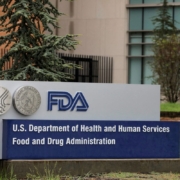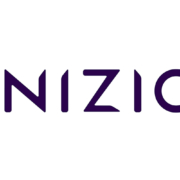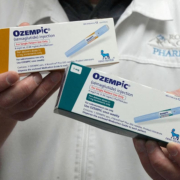Automating and integrating data across medical information and safety teams
Automating and integrating data across medical information and safety teams
By Sanjay Ramakrishnalah
Data lives at the heart of every business. Enabling a seamless flow of data is key to driving more strategic decisions and provides faster and easier access to valuable information.
In the lifesciences industry, medical information (MI) teams collect data from patients and providers across an increasing number of engagement channels and provide useful insights to internal and external stakeholders. These insights can help:
- Inform research and development opportunities (R&D)
- Advance therapy applications
- Enable safety teams to flag early adverse drug reactions (ADRs)
To take advantage of this opportunity, lifesciences firms need to invest in technology that unifies data and workflows across MI and safety teams. Integrating MI and safety helps them optimize the drug development lifecycle and ultimately drive greater patient safety.
Issues with siloed data and workflows
MI teams collect information needed to answer patient and provider queries, receive and manage product complaints, and log and share adverse reactions with safety teams. This process leads to an ever-growing quantity of data coming in, which many teams store in silos or data lakes.
This disconnect makes data difficult to access readily, and as a result, key insights are lost. Thus, MI teams need to recognize the potential value of their massive databases and structure them in a way that makes them fully accessible to safety teams.
Manual information processes between systems are often:
- Labor intensive and time-consuming
- Subject to lost information, delays, and lower data quality
- Responsible for cross-functional silos
For example, in a typical manual workflow, a reporter will notify the MI team of an adverse event. An MI agent then needs to collect that unstructured report, log it into the MI system, and forward it to the safety team. An intake associate on the safety team then logs it separately into the safety system, followed by an MI agent needing to manually reconcile both records.
As with any manual protocol, not only is this step-by-step process filled with opportunities for error, but it leads to a lack of agile information flow across teams.
Benefits of unifying safety and medical information
Establishing unified MI and safety systems and workflows provides both teams faster and easier access to all relevant information.
For example, automation can streamline shared workflows, like case intake and reconciliation, extract relevant case data, and populate the fields in the standard inquiry case form. Then, the form gets transmitted to the safety system, which shares information with the integrated MI system to reconcile the reports automatically.
This automation removes the human element of MI and safety data entry, driving greater efficiency and data integrity while ensuring the latest information is available to all teams.
Key benefits include:
- Saving organizations time and potential rework
- Ensuring cases get processed on time, accurately, and completely
- Keeping organizations from overlooking or forgetting requisite follow-ups
- Reducing the number of stakeholders playing a role in each case
Integrating workflows and leveraging automation fosters better, more symbiotic relationships between medical affairs and safety, which ultimately benefits the entire organization.
Enabling a seamless flow of information
To integrate disparate systems, life sciences organizations should utilize end-to-end, open-architecture solutions.
Disjointed technology solutions thwart the effort of reconciling data across an organization, and closed-system solutions require proprietary add-on services to facilitate data sharing across different platforms.
On the contrary, open-architecture solutions allow multiple platforms to communicate with one another. For example, teams can share intake reports between systems without manual conversion to compatible file types or other inconvenient steps. Think of this solution as a universal plug-in compatible with all existing systems.
This streamlined flow of information provides MI and safety teams with more robust data quality to support compliance, ensures adverse events are communicated quickly and completely, and enables rapid reconciliation and verification.
Ultimately, through easy data sharing and automated workflows, MI teams are empowered to shift from simple support functions to strategic drivers of their organizations. Meanwhile, safety teams have faster and greater access to data, which can signal ADRs, bring attention to risks earlier, and improve patient safety.
 |
Sanjay Ramakrishnaiah is the director, product management for ArisGlobal’s medical affairs solution portfolio. In this role, he is responsible for defining medical affairs product strategy and roadmap and overseeing the growth of the domain. Sanjay is passionate about transforming medical affairs from a support function to a strategic driver, delivering top-quality insights faster to patients, providers, and other stakeholders, while helping mitigate risk and optimize patient safety. Sanjay is based out of Mysore, India and has been with ArisGlobal for 22 years, having worked in regulatory and medical affairs in various capacities, including engineering, implementation, and product management. Sanjay has a B.E. degree in Instrumentation Technology from Bangalore University. |






 Reuters
Reuters



